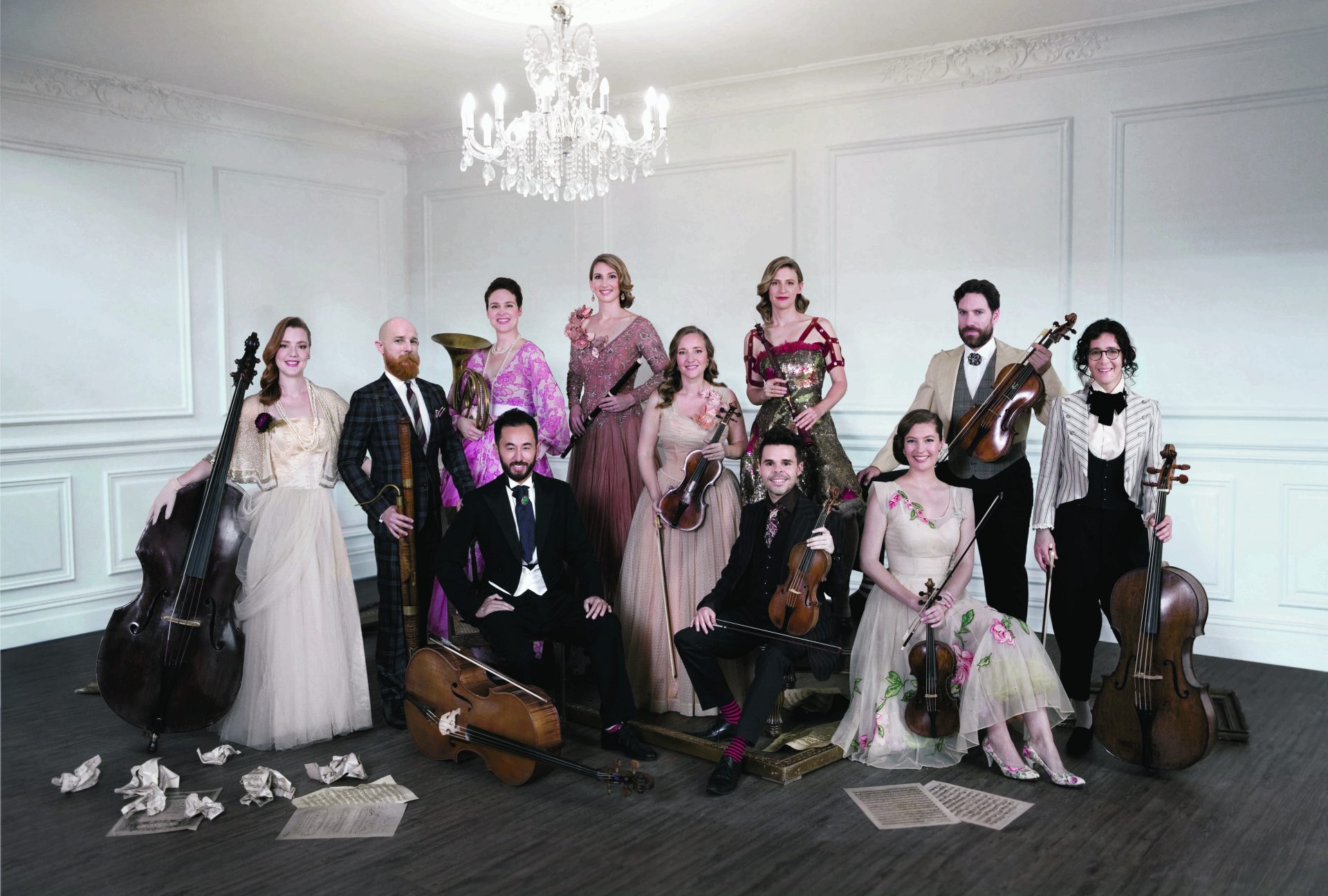A glorious return to live performance.
The Australian Haydn Ensemble once again proved itself adept in a variety of musical styles, this time from Bach’s meditative Goldberg Variations to the intensity of Beethoven’s String Quartet in F Major (2nd movement) and Haydn’s uplifting String Quartet No 40 in F Major, aptly named The Dream.
It was said by Johann Forkel, writing only a few years after Bach’s death, that the Goldberg Variations were written to dispel Count von Kayserling’s insomnia during Dresden’s balmy summer nights. However apocryphal that story, the Haydn Ensemble gave life to that quaint trope written on the title of almost all Bach manuscripts – the need for music to ‘refresh the spirits’.
The quartet opened with the Aria, upon which the variations are based. Skye McIntosh incorporated all the rhetorical flourishes of the Baroque, opening with shimmering vibrato on the high Gs and varying the lengths of the appoggiaturas. No Gouldian inversions of the arpeggio for the Haydn Ensemble. The transition to E minor, which the violinists made seamless by giving way to the Karina Schmitz on the viola and Daniel Yeadon on the cello, has a certain nostalgic dream-like quality, rounding off nicely with a return to G major (the quartet gave this dramatic effect with a relatively late ritardando).
Variation 1 was played at an appropriate speed which punctuated the wavering notes in the motif; and the intimate interplay between all members of the quartet brought out the contrapuntal quality of Variation 2, marked by ingenious canonic imitation. Variation 4 was played with the ebullience it demands, but it was refreshing to see Variation 7 played relatively slowly; the quartet was not deceived by Bach’s typically terse title al tempo di Giga and chose to play it at the stately pace of a Canary gigue, which accentuated the dotted rhythms.
Variation 22, with its close independent entries, was an opportunity for each performer to shine, and the dark turning point that was Variation 25, which switches to minor mode and is centred around that very Baroque obsession with the chromatic fourth, was dispelled by the gaiety of the Quodlibet, which has all the vigour of a German folk dance and was played with a cheery and incredibly skilful lightness of touch. The quartet’s final repeat of the aria, da capo e fine, was fitting for the theme of the night – nostalgia. Nevertheless, the canons were conspicuously absent, and it was a shame not to hear the canone alla terza which would have worked perfectly with that theme.
Beethoven, as always, brought an abrupt change in character. The second movement of his String Quartet in F major Op 18 No 1 is said to have been based on the tomb scene from Romeo and Juliet and therefore carries with it that Wertherian obsession with death so popular in Beethoven’s time. It was, unsurprisingly, played with great pathos; the violins, with highly affected legato, yearn to escape from the pulsating cello and viola and the highlight is a series of thunderous and highly virtuosic passages leaping upwards, executed faultlessly by Matthew Greco. It all ends in a short arabesque performed deftly by Skye McIntosh and two soft, almost breathless, chords.
But Haydn’s The Dream was by far the most virtuosic and energetic of the entire programme. It was a tour de force in a skill of which Haydn was the master of his time – the art of constantly reinventing a theme – with those, often highly-embellished, reinventions played spectacularly well by the violinists, Skye McIntosh and Matthew Greco, throughout. It also brought out the best in cellist Daniel Yeadon, especially in the first movement’s fiendishly difficult running passages, which heightened the dramatic effect of a piece centred in large part around motifs set in contrary motion. A galant minuet followed, with portamento in the leaping intervals making for a whimsical Finale.
This performance showed that one of the few advantages of a global pandemic is that it allows audiences to discover and appreciate more intimate concert venues such as the Cell Block Theatre, which was a fitting setting for such a mesmerising performance of string quartets by the Haydn Ensemble.
